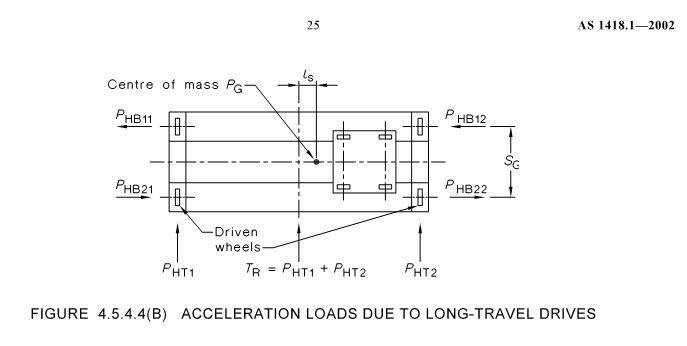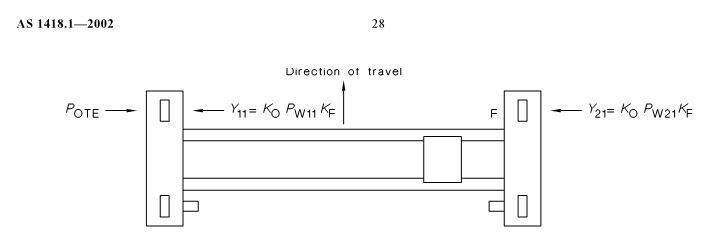Hi,
Re overhead travelling cranes
Can anyone advise if lateral inertia loads due to longitudinal acceleration of a crane bridge apply concurrently with loads due to oblique travelling/skewing of crane bridge during normal operations?
Notes re various codes requirements:
AS1418.1 combine inertia loads due to crane bridge acceleration with oblique travelling loads.
EN1991-3:2006 does not combine acceleration of crane bridge with oblique travelling/skewing of crane bridge.
cheers
Re overhead travelling cranes
Can anyone advise if lateral inertia loads due to longitudinal acceleration of a crane bridge apply concurrently with loads due to oblique travelling/skewing of crane bridge during normal operations?
Notes re various codes requirements:
AS1418.1 combine inertia loads due to crane bridge acceleration with oblique travelling loads.
EN1991-3:2006 does not combine acceleration of crane bridge with oblique travelling/skewing of crane bridge.
cheers


